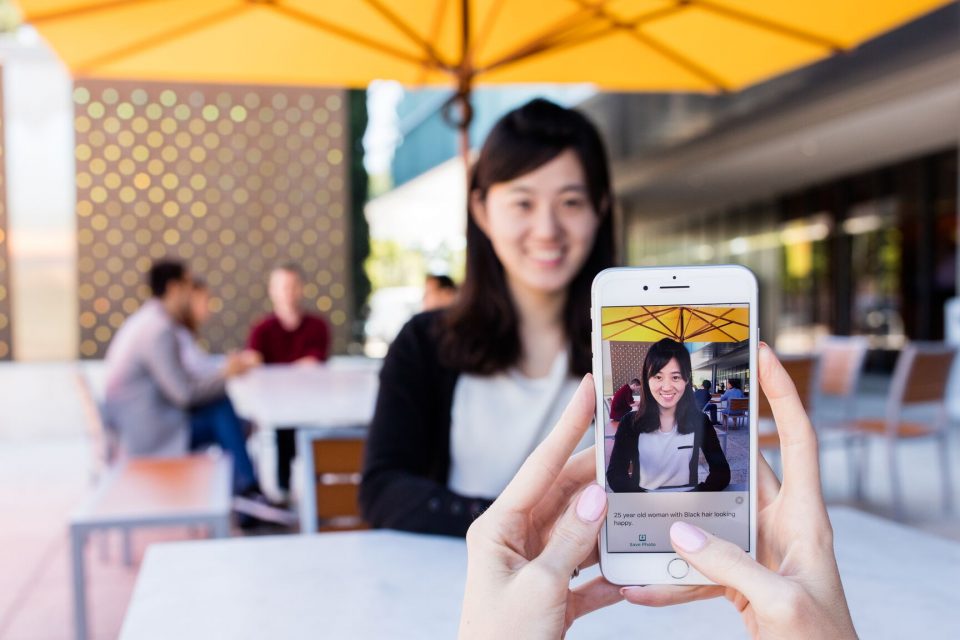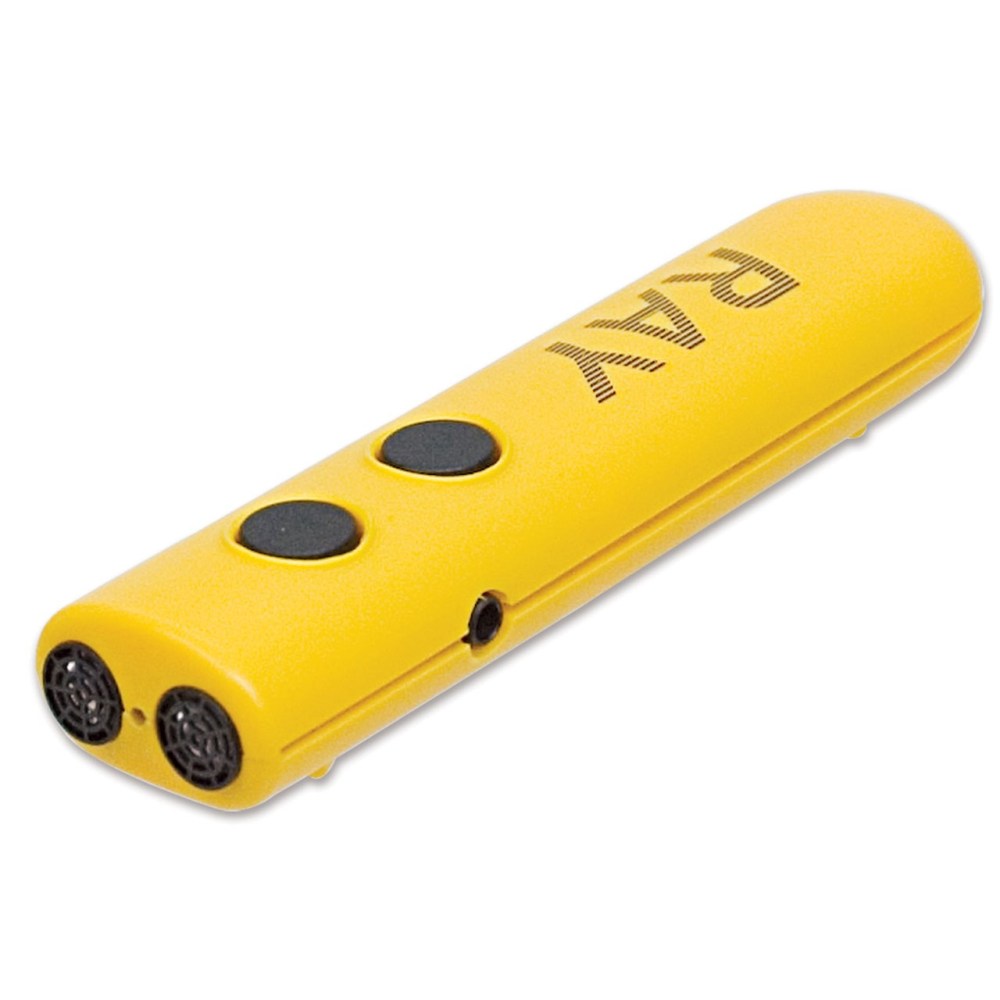Empowering Independence With Assistive Modern Technology for the Blind
The integration of assistive innovation into the lives of people with visual disabilities stands for a significant development in advertising independence and self-sufficiency. From innovative screen visitors to advanced smart walking sticks, these devices not just improve day-to-day navigating and interaction yet additionally encourage customers to engage meaningfully in various elements of life. As we check out the myriad advantages and real-world applications of these modern technologies, it becomes essential to analyze the hidden variables that add to their effectiveness and the possibility for future growths in this vital area.
Summary of Assistive Innovation

The development of assistive modern technology is based in principles of inclusivity and empowerment. Innovations in software program, hardware, and sensory enhancements supply users with choices customized to their certain requirements. From screen readers that transform text to speech, to responsive gadgets that convey information through touch, these devices transform the means people involve with their surroundings.
In enhancement to functional applications, assistive modern technology promotes better social inclusion and involvement in numerous markets, including education and learning and work (Wearable technology for low vision). As study and development continue to evolve, the capacity for assistive innovation to even more enhance the lives of visually damaged people continues to be promising, paving the method for an extra fair culture where everyone can thrive
Kinds Of Assistive Gadgets
A selection of assistive devices have emerged to support people with visual disabilities, each created to fulfill particular requirements and boost day-to-day functioning. These tools vary from low-tech remedies to state-of-the-art innovations, supplying diverse choices for users.
Low-tech gadgets consist of magnifiers and large-print products that assist in reading and writing. Braille tools, such as Braille slates and stylus pens, make it possible for tactile analysis and interaction. Orientation and movement aids, like white walking canes, help individuals navigate their atmosphere securely.
On the greater end of the range, electronic magnifying systems and screen visitors use substantial support. Digital magnifiers permit individuals to increase the size of message and pictures on screens, while display visitors transform electronic material into synthesized speech, promoting access to details on smart devices and computers.
Smartphone applications also play a vital function, providing features like message recognition and navigating aid. Wearable modern technology, such as wise glasses outfitted with augmented fact, is arising as an encouraging tool to enhance situational recognition.
Advantages of Assistive Modern Technology
The integration of assistive technology significantly boosts the lifestyle for people with visual problems. These innovations empower users by advertising self-reliance, enabling them to browse their atmospheres better and execute everyday jobs with higher ease. For instance, display readers and magnifying software application allow individuals to accessibility electronic info, promoting academic and specialist opportunities that might have formerly run out reach.
Furthermore, assistive devices such as clever walking canes and general practitioners applications offer real-time navigation aid, enhancing flexibility and security. This increased freedom not only improves self-esteem however also encourages social interaction, permitting individuals to participate even contact lens appointment near me more fully in their areas.
Assistive modern technology also helps with communication, aiding users get in touch with others with voice acknowledgment and text-to-speech applications. This capacity is important for preserving connections and accessing critical information.
Additionally, the customization alternatives offered with many assistive innovations guarantee that users can customize tools to their details demands, further enhancing use and effectiveness. Generally, the advantages of assistive innovation for individuals with aesthetic impairments are extensive, advertising a much more inclusive culture where everybody can pursue their objectives and ambitions.
Study and Success Stories
Highlighting the transformative effect of assistive technology, many study illustrate how individuals with visual impairments have actually efficiently incorporated these tools right into their day-to-days live. One compelling example includes an university student who made use of display reading software application to browse scholastic products and on the internet resources efficiently. This technology not just promoted her education but additionally improved webpage her confidence in joining discussions and team jobs.
Another study features a specialist who utilizes a mobile phone application designed for navigating and item acknowledgment. By utilizing this app, he has actually regained autonomy in both his personal and workplace, allowing him to commute independently and involve with coworkers better.
Furthermore, a senior citizen shared her experience with braille e-readers, which enabled her to access a vast selection of literature and remain attached with her neighborhood via book clubs.
These success tales highlight the crucial role of assistive modern technology in cultivating freedom, boosting high quality of life, and promoting social integration for people with aesthetic impairments (OCR devices for the blind). By welcoming these innovative devices, customers can get over challenges and confiscate opportunities that contribute to their individual and specialist satisfaction

Future Fads in Assistive Technology
Technology in assistive technology is positioned to redefine the landscape of support for individuals with aesthetic disabilities. Arising patterns stress the combination of expert system (AI) and equipment knowing, which improve the performance of gadgets that aid with navigation and information accessibility. AI-driven applications are now qualified look at here of translating aesthetic data in real-time, making it possible for customers to engage with their setting extra independently.
Furthermore, the growth of wearable technology is advancing rapidly. Smart glasses outfitted with increased fact (AR) can give audio descriptions of environments, changing how individuals engage with public spaces. These gadgets not just advertise autonomy but additionally foster social incorporation.
In Addition, the Internet of Points (IoT) is making homes smarter, enabling seamless connectivity between assistive tools and everyday appliances. This connection empowers individuals by enabling automatic actions and voice-activated controls customized to private demands.
Conclusion
In verdict, assistive technology plays an essential role in encouraging people with aesthetic disabilities by enhancing their freedom and involvement with their surroundings. The varied variety of tools and applications readily available not only helps with navigating and interaction but also advertises social integration and possibilities for personal and specialist development. As improvements continue in this field, the possibility for enhancing the lifestyle for those with aesthetic problems will certainly increase, cultivating better autonomy and empowerment.
